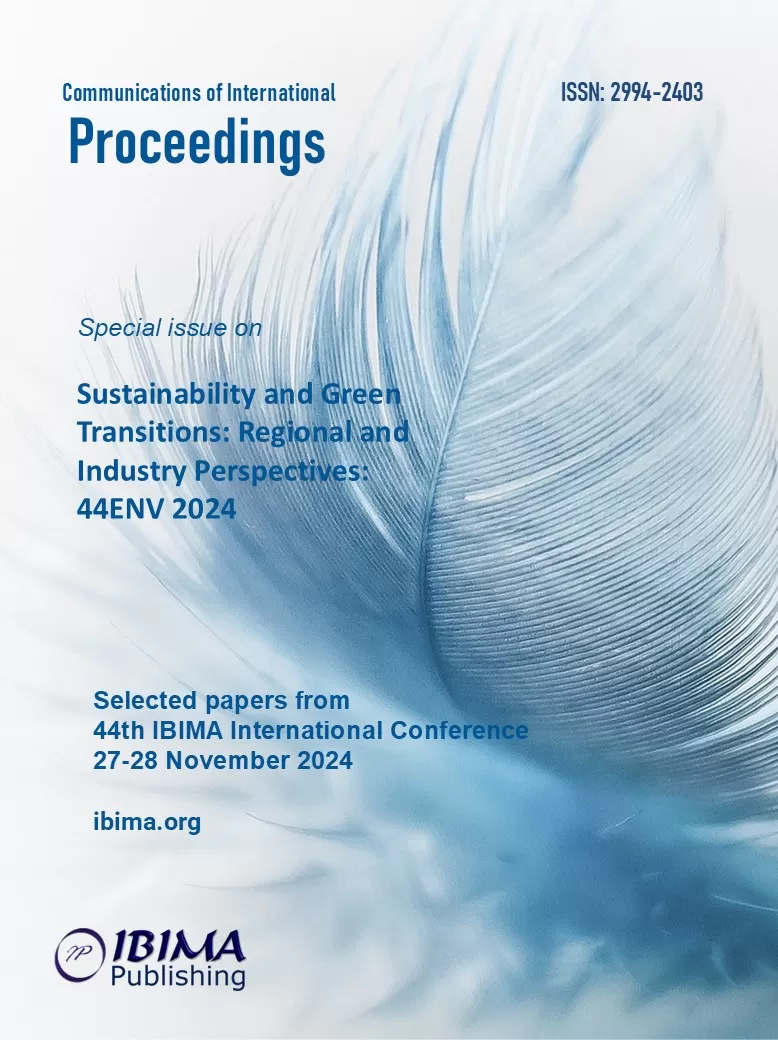
Wioletta SKRODZKA
Częstochowa University of Technology, Częstochowa, Poland

Objectives: The main objective of the article is to analyze the pace of decarbonization and reduction of air pollutant emissions in Poland and Spain. The directions and dynamics of changes in the structure of available gross electricity in Poland and Spain in the light of the EU climate goals were also examined. Expected Results: The study was based on data from Eurostat for the years 2014-2022. The methodology uses taxonomic measures of structure variability. The analysis focuses on Poland and Spain, countries traditionally based on fossil fuels, but significantly different in the structure of electricity production. The research showed that Poland and Spain implement EU climate policy in different ways. It was shown that the level of emissions, as well as the structure of available gross energy in Poland and Spain in the analyzed period, were diverse. However, the intensity of the pace of change in the analyzed structures was relatively low in both countries, and the increase in diversification results in a significant increase in the share of renewable and low-emission sources. The limitation of the research is the availability of data. The originality of the study lies in filling research gaps in the analysis of the degree of air pollution reduction against the background of changes in the concentration of the gross electricity production structure of EU countries, with particular emphasis on Poland and Spain. Implications: The research results can be used in shaping the goals of climate and energy policies of countries with diversified electricity production structures.